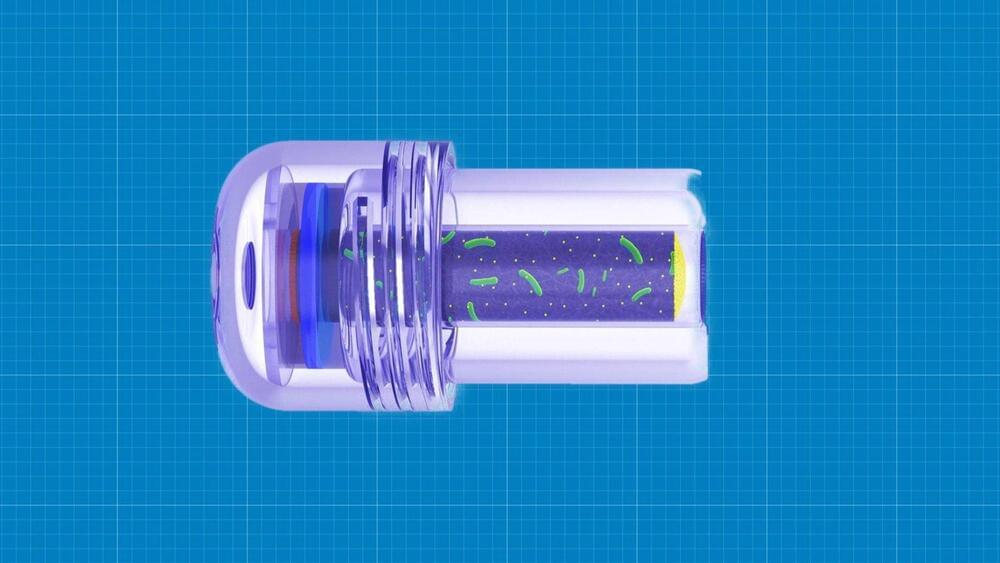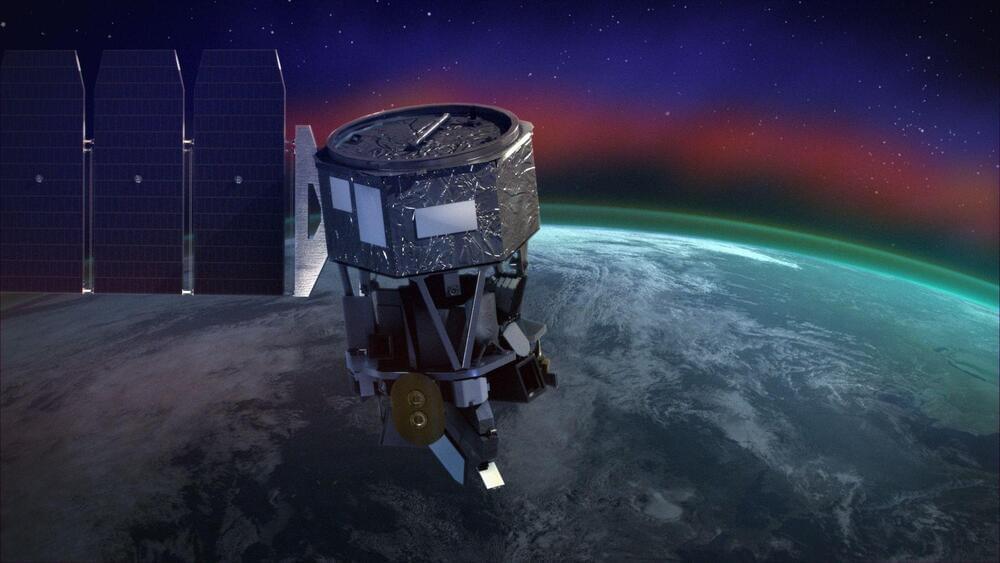Finally, there’s a solution for the hard-to-reach small intestine.
Imagine if we could power devices inside the body. This would lead to major developments in biomedical research and much potential for new applications in chemical sensors, drug-delivery systems and electrical stimulation devices.
Now, Binghamton University researchers have invented a capsule-sized biobattery they believe may be a solution for the hard-to-reach small intestine, according to a press release by the institution published on Thursday.





